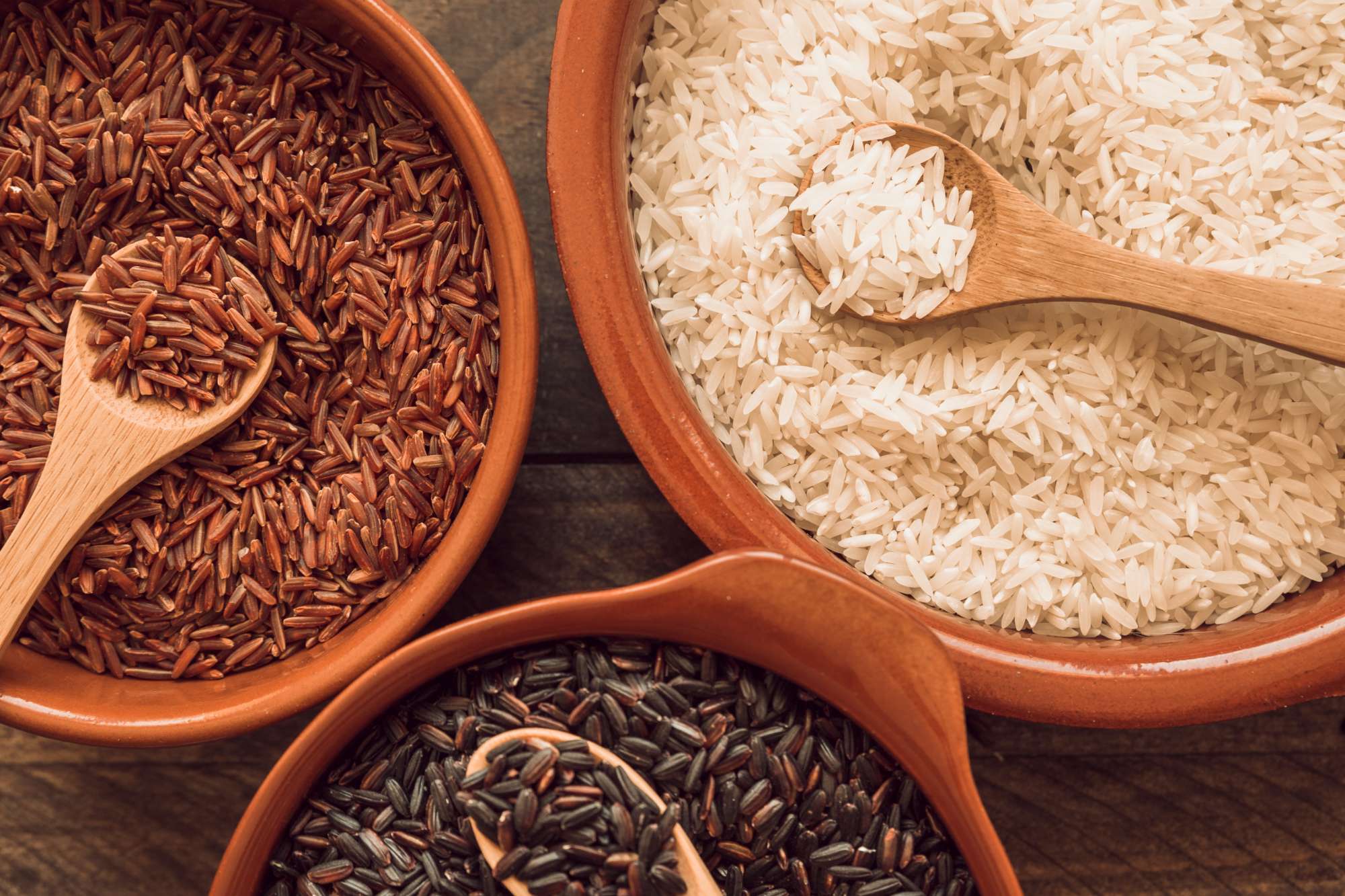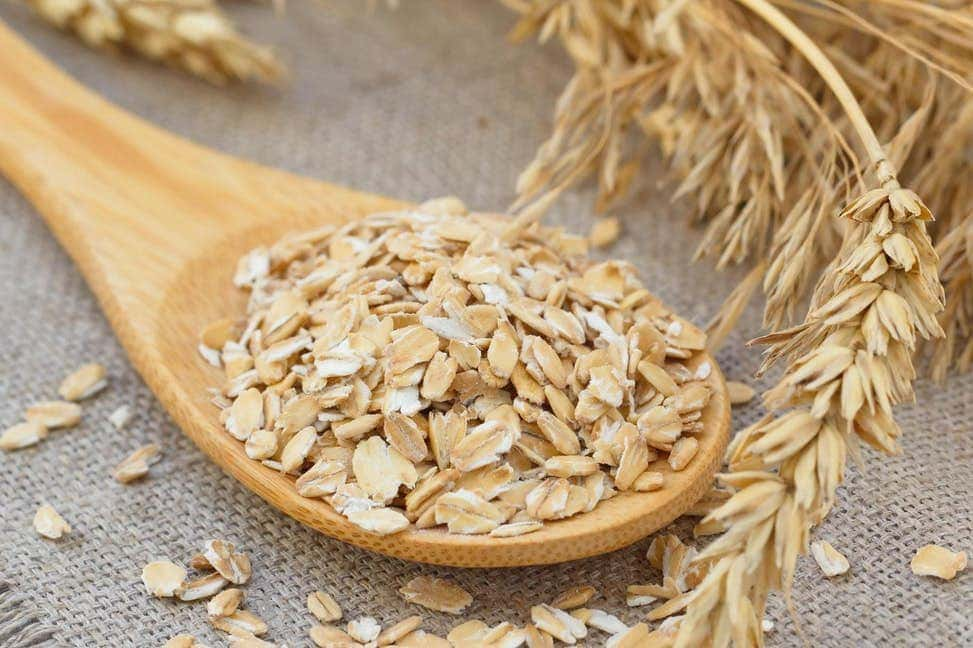Why is Quinoa a superfood?
Why is Quinoa a superfood?
Rich in fiber, minerals, antioxidants and all nine essential amino acids, quinoa is one of the healthiest and most nutritious foods on the planet. It may improve your blood sugar and cholesterol levels and even aid weight loss. What’s more, it’s naturally gluten-free, delicious, versatile and incredibly easy to prepare.
WHAT IS QUINOA?
It is not actually a grain, but a grain-like seed hailing from South America. It’s the seed of the goosefoot plant and a relative of beets and spinach. Quinoa is known as a pseudocereal because it’s cooked and eaten like a grain and has a similar nutritional profile.
Not only does it have a delicious nutty flavor, but it’s healthy, too. A cup quinoa contains over 8 grams of protein, as opposed to 5 grams in brown rice. Plus, it’s a good source of nutrients like manganese, magnesium, and copper.

The benefits of quinoa
- It’s a complete protein.
- It’s high in fiber.
- It’s high in minerals.
The benefits of rice
- It’s easy to digest.
- Brown rice is high in fiber.
- Brown rice may help reduce blood pressure.
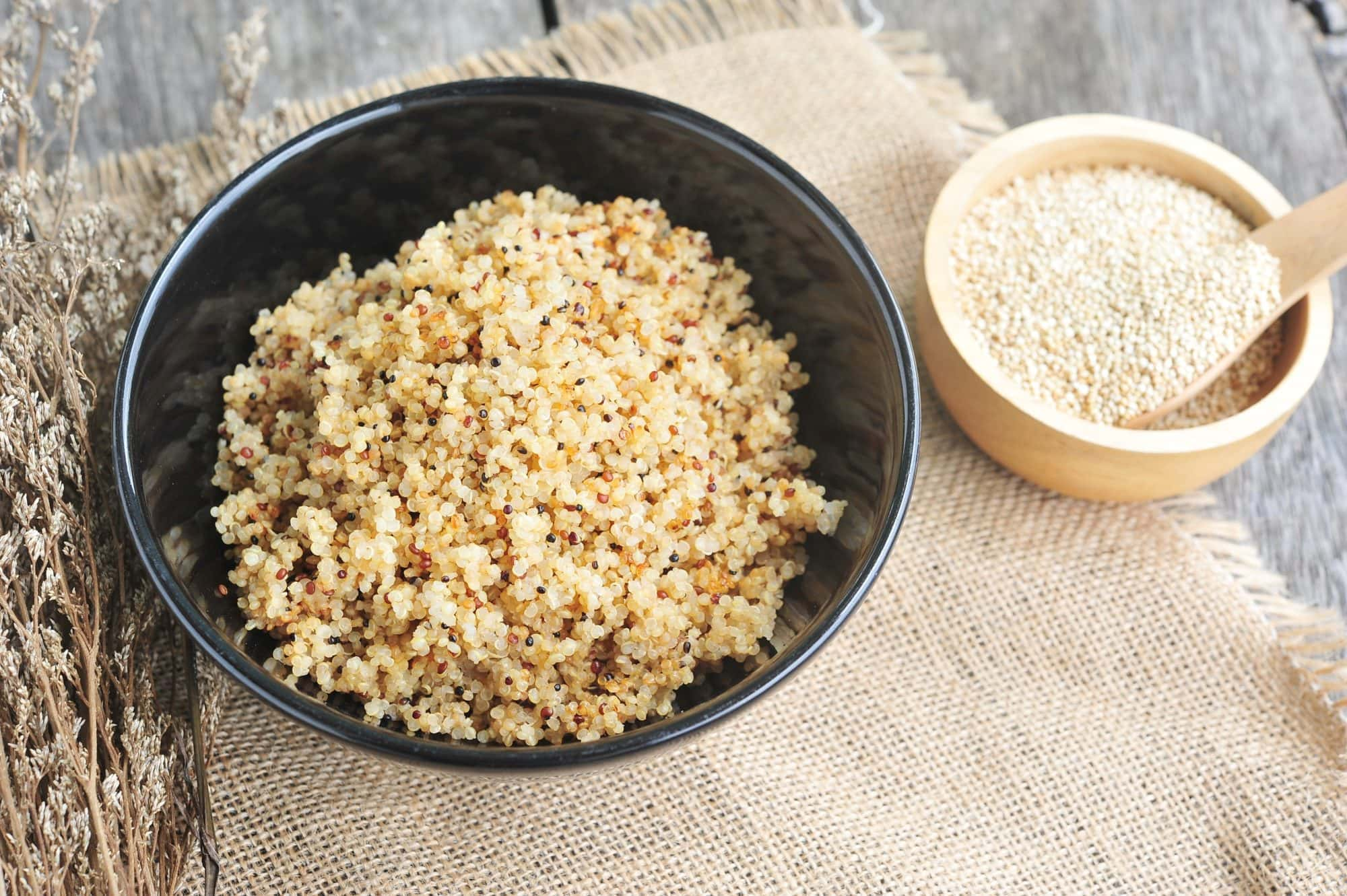
HOW MANY TYPES OF QUINOA ARE THERE?
More than 120 different types of quinoa are listed by the Whole Grains Council. These varieties come in color variations, the most common being white, red, and black. In particular, all 3 types when cooked have completely different flavors. After processing, the white seeds have a mild bitter taste and bloom like rice. Meanwhile, red and black seeds retain their color and flavor. The taste of red seeds is also better and more chewy than the bitterness of white quinoa. Particularly black seeds have a slightly sweeter and more crunchy taste than white and red nuts
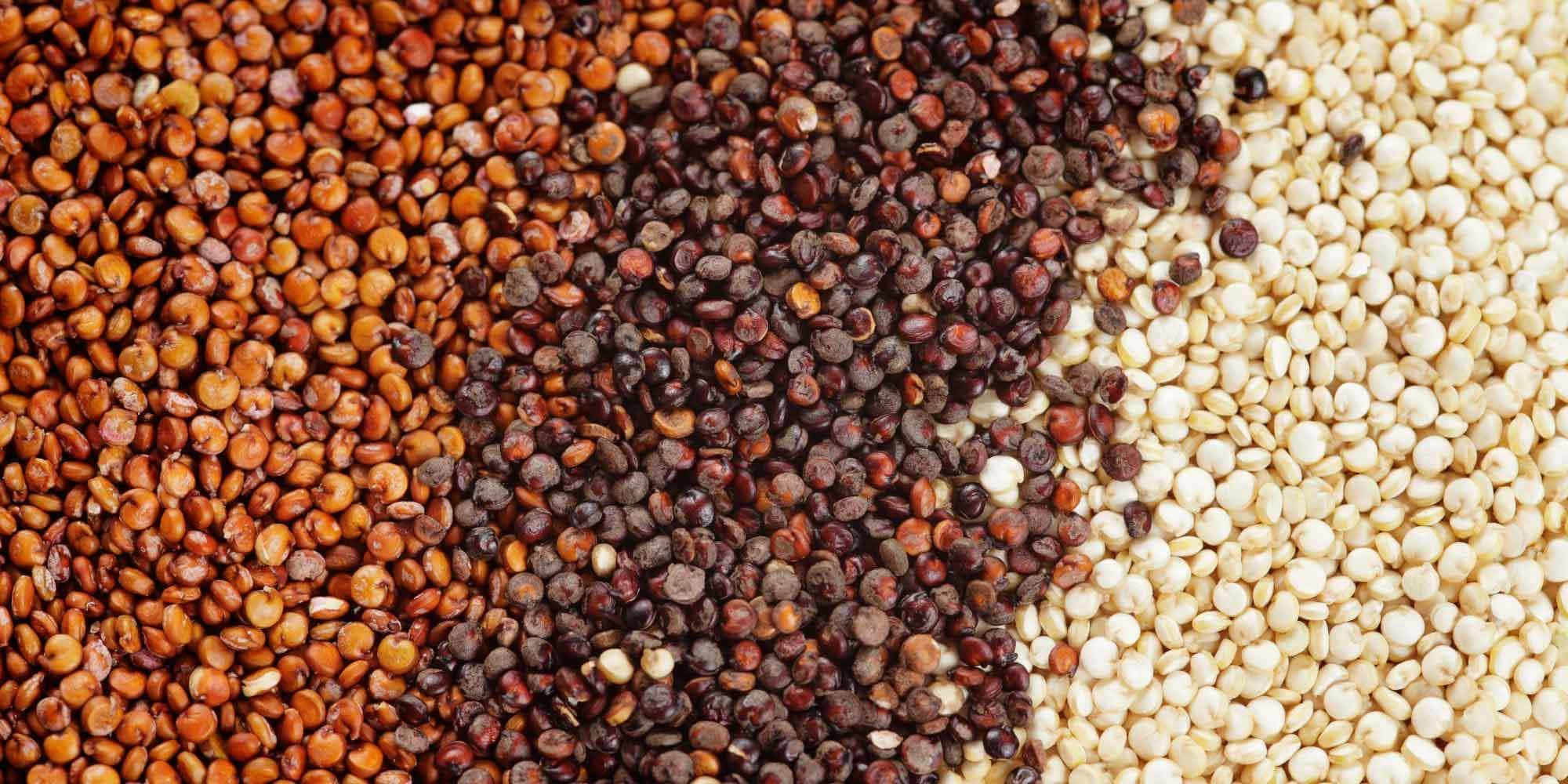
This is the nutrient content in 1 cup (185 grams) of cooked quinoa:
- Protein: 8 grams.
- Fiber: 5 grams.
- Manganese: 58% of the recommended daily allowance (RDA).
- Magnesium: 30% of the RDA.
- Phosphorus: 28% of the RDA.
- Folate: 19% of the RDA.
- Copper: 18% of the RDA.
- Iron: 15% of the RDA.
- Zinc: 13% of the RDA.
- Potassium 9% of the RDA.
- Over 10% of the RDA for vitamins B1, B2 and B6.
- Small amounts of calcium, B3 (niacin) and vitamin E.
This comes with a total of 222 calories, with 39 grams of carbs and 4 grams of fat. It also contains a small amount of omega-3 fatty acids.
Quinoa is non-GMO, gluten-free and usually grown organically. Even though technically not a cereal grain, it still counts as a whole-grain food.
NASA scientists have been looking at it as a suitable crop to be grown in outer space, mostly based on its high nutrient content, ease of use and simplicity of growing it.
The United Nations (UN) declared 2013 “The International Year of Quinoa,” due to its high nutrient value and potential to contribute to food security worldwide.
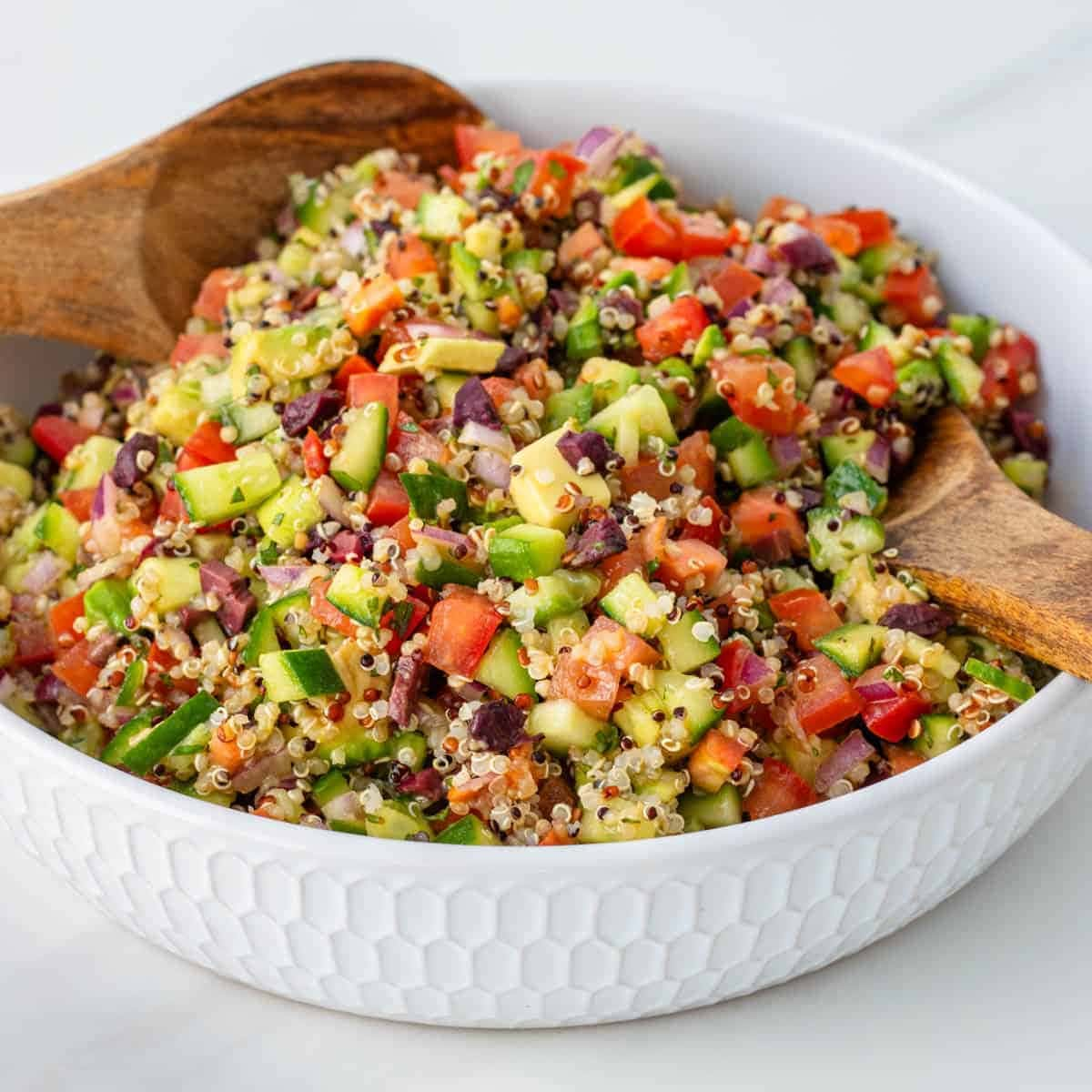
WHAT ARE THE HEALTH BENEFITS OF QUINOA?
Quinoa is nutrient-rich and has significant health benefits.
It’s a complete protein
For such a tiny seed, quinoa has a lot of protein: One cup cooked has 8 grams. Quinoa is one of the few plant sources of complete protein. This means it contains all nine of the essential amino acids your body needs. Even so, quinoa is higher in calories than other protein sources.
It’s gluten-free
Quinoa is naturally gluten-free. Keep in mind that some brands may become cross-contaminated with other grains such as wheat during processing. If you have celiac disease or you’re sensitive to gluten, only use brands that are certified gluten-free.
It’s high in fiber
One cup of quinoa contains 5 grams of dietary fiber, which is more than white or brown rice. Fiber helps prevent constipation, helps control blood sugar levels, and may help lower cholesterol. Fiber also helps you maintain a healthy weight by making you feel fuller longer, so you’re less likely to overeat.
It’s high in minerals
Quinoa is a great source of: iron, magnesium, phosphorus, manganese, zinc. It also contains calcium, potassium, and selenium.
It may be good for your gut
Quinoa may help protect your gastrointestinal tract. According to a 2012 study, polysaccharides in the cell wall of quinoa showed gastroprotective activity against acute gastric lesions in rats. More study is needed on humans, but the study strengthens the theory that quinoa has anti-inflammatory abilities and is good for your gut.
Compiled and penned by Crocus Media
